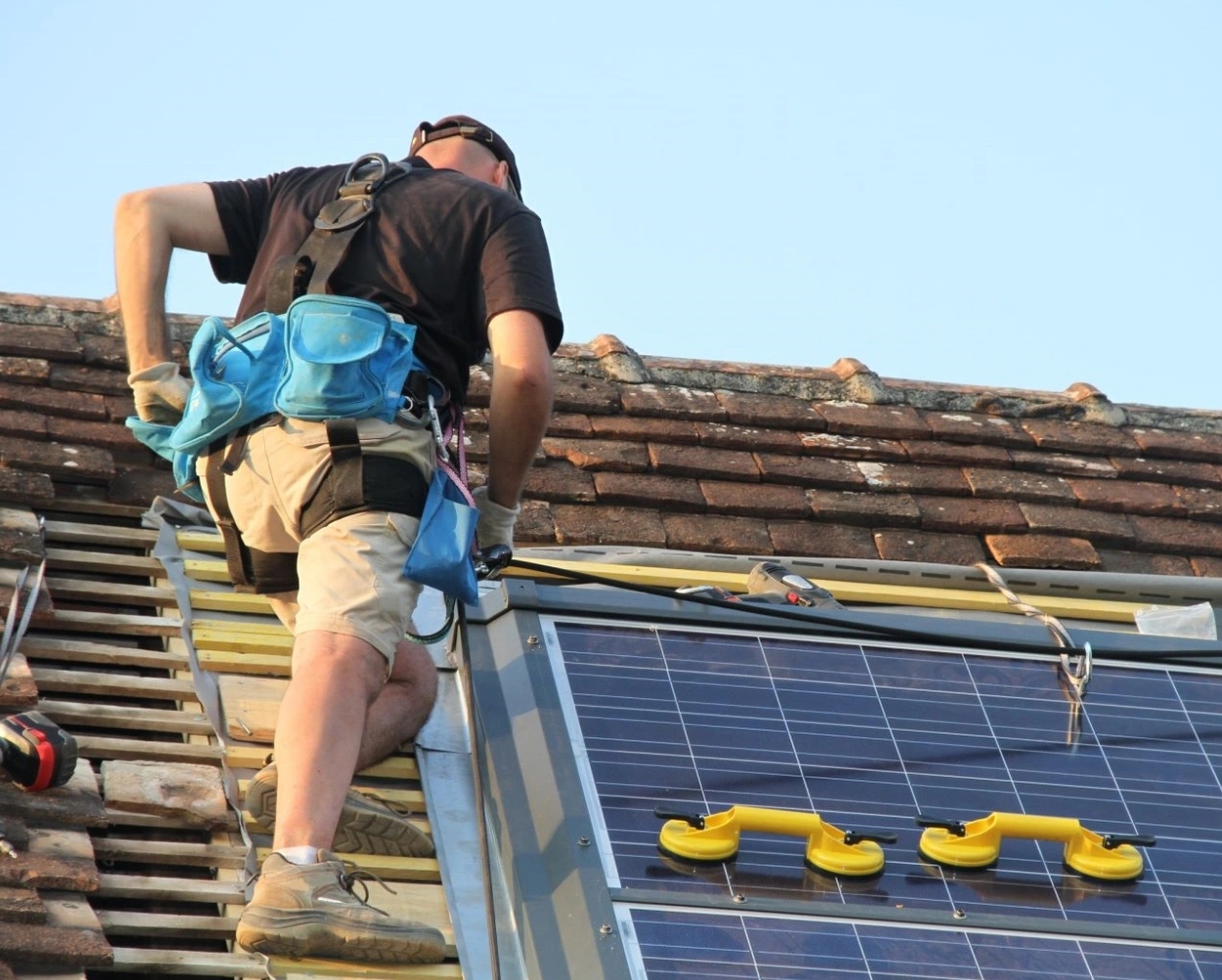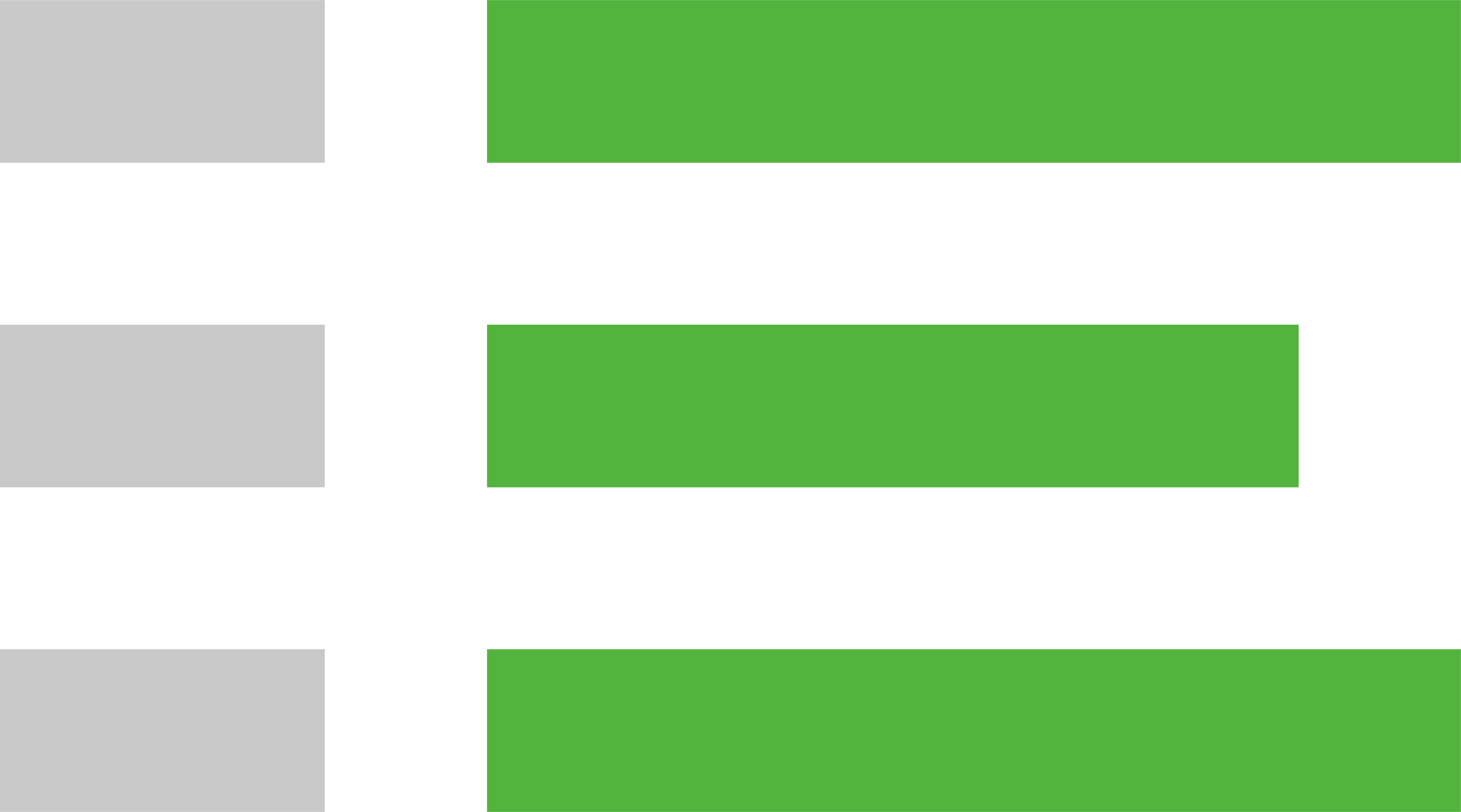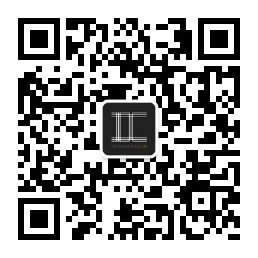- All
- Product Management
- News And Information
- Presentation
- Enterprise Branch
- FAQ
- Enterprise Video
- Enterprise Atlas
Micro inverters and AC solar panels: the future of solar power?
Release time:
2023-11-20 00:00

Micro inverters are just one form of what’s known as “PLO” – Panel Level Optimisation
In the beginning, there were solar panels that produced electricity as Direct Current (DC) – the same kind of electricity that you get out of batteries.
To make that electricity useful for powering appliances or connecting to the grid, it was converted to Alternating Current (AC) using a big box of electronics called an inverter.
In grid connected systems, the solar panels were connected together in series (called strings) to create higher voltage DC, which is good for reducing losses. However, this also created some problems.
That's why the Micro-inverter was invented.
Micro Inverters
A micro-Inverter is simply a miniaturised inverter, sized to suit individual solar panels rather than a string of solar modules.
They aren't new; they first appeared in the late 1990's but arguably it was a bit too early and the technology suffered from reliability issues and high prices. In the last few years, though, they have re-surfaced and are starting to really take off.
Here's what one of the little fellas looks like next to its conventional alternative, a big, bad string inverter.
AC Solar Panels
An AC solar panel is simply a solar panel that has been fitted with a micro inverter so that it produces Alternating Current instead of Direct Current.
A typical “Series String” array
Most of the solar panels installed are configured like this, with one big inverter and one big DC voltage. If that 600V DC arcs then there’s going to be a bang! And possibly a fire (which is why you should never skimp on installation cost).

A typical “AC Solar Panel or Micro Inverter” array

There are many complexities caused by the traditional way of connecting solar panels (in a series string), which Micro Inverters can help overcome, including:
High Voltage DC
High Voltage DC produced by a series string solar power system can create a risk of very high-temperature arcing and potentially fire. Because microinverters convert to 240V AC, the potential for this to occur is greatly minimised.
Switchgear
High-voltage DC requires relatively expensive protective switches and fuses. By using AC, switchgear is more commonly available and thus cheaper.
Shading
Because microinverters optimise each panel separately, they handle individually shaded panels well and, for many years, were the obvious choice for solar arrays that had encroaching shade.
Whether this finding will apply across the board remains to be seen, but a report on a study of 200 solar systems in France published late in 2001 concluded there was no performance advantage to microinverters over string inverters generally.
Monitoring and fault finding
Almost all inverters have some level of monitoring and fault finding however, it can only see the combined output from every solar panel in the series string. A micro inverter however, can monitor each solar panel individually, allowing you to identify exactly what’s happening more quickly and easily.
Factory fitted
Assembling and connecting components in a factory environment is inevitably a more controlled environment and can potentially save time and money. Some solar panel manufacturers now factory assemble micro inverters to produce AC Panels.
Redundancy
If your series string inverter develops a fault, your entire solar array stops producing power until it is fixed. If a micro inverter develops a fault, the remaining units can continue to operate, so you should have a more reliable system.
Modularity
Series string inverters can only accept a specific number of solar panels per inverter, so it’s not always possible to add a few more panels later. AC Solar Panels, however, can be added much more easily because they are independent of each other – though adding a handful of panels to an existing array won’t be cheap.
Orientation
In a series string, all your solar panels need to be connected in the same orientation so they are combined to produce the right voltage at the same time to fire up the inverter. Because they operate independently, AC solar panels can be oriented in any direction and will not affect the operation of other solar panels.
When is an AC Solar Panel or Micro Inverter a better choice?
As you can see, there are several advantages to AC solar panels using micro-inverters. The most common reason people choose them is that they have shading or they need to install panels on more than 2 or 3 different roof directions.
An increasing number of people also choose micro inverters because they are prepared to pay a premium to monitor individual panels, increase their redundancy and allow for future expansion. The other benefits described tend to strengthen the case; some people love having the latest/newest technology.
Micro inverters are a good choice if you have severe shading or sub-optimal orientation.
Beyond this, micro inverters become a personal choice about how much you want to pay, balanced against their advantages.
There is a growing list of big name PV companies around the world who have partnered with micro inverter companies to produce and sell AC solar panels, including Xiamen Invertech Energy Technology Co., Ltd.
A growing number of distributors and dealers can access micro inverters and fit them to pretty much any solar panel you like.
News












